Protecting babies from hypothermia with innovative, human-centred design solutions
2020.9.14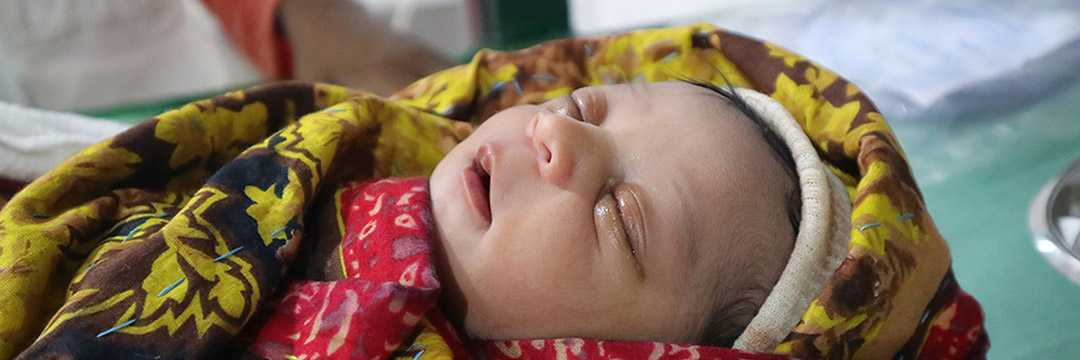
Globally, 2.5 million babies* die within 28 days of birth. One of the causes of death is hypothermia, a drop in body temperature. Why does this still pose a major challenge in the medical practice of low-income countries, even though various devices and tools have become available to avoid hypothermia? The Japan Innovation Unit (JIU) of Médecins Sans Frontières (MSF) introduces human-centred design to help tackle the problem.
Low-income countries face challenges in neonatal care
Babies are born into a world which is usually around 10 degrees Celsius colder than the mother’s uterus. Despite their best efforts to adapt their body temperature to the new environment, babies born prematurely are unable to do so, resulting in hypothermia. As a result, a state of low blood sugar or sepsis might occur, sometimes with deadly consequences.
To protect newborn babies, or neonates, from hypothermia, hospitals in high-income countries use incubators which allow control of temperature and humidity. These are expensive, need a stable power supply, and require highly skilled maintenance, which makes it difficult to use them in countries with inadequate healthcare systems. Other tools such as head warmers and warming mattresses suffer the same challenges as incubators.
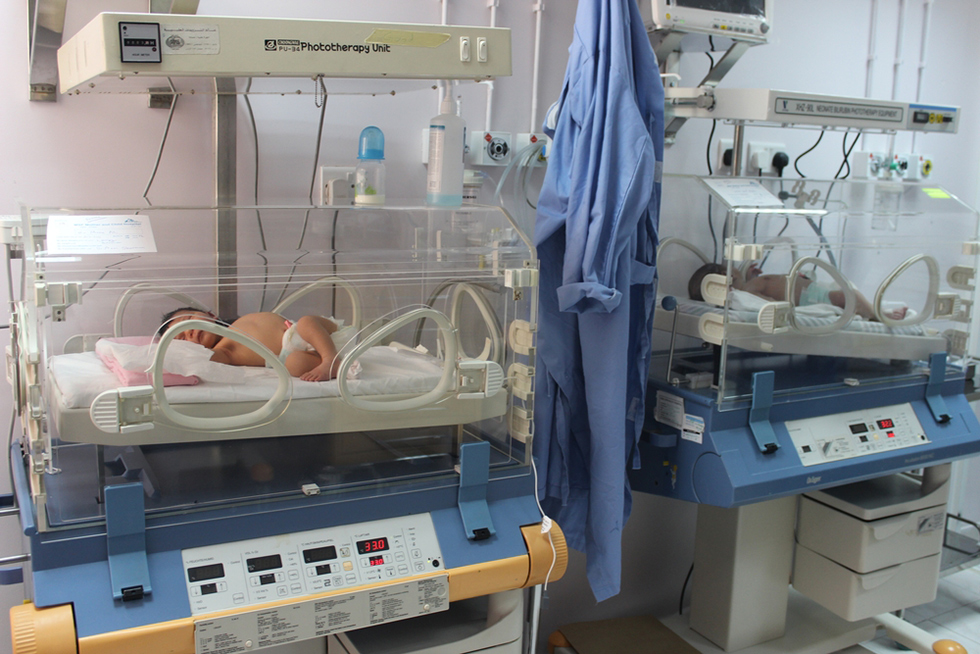
Kangaroo Mother Care, a method in which the mother holds her newborn baby in direct contact with her skin, is one possible tool, effective even without devices. It’s adopted in many of MSF’s contexts but oftentimes isn’t accepted due to religious or cultural reasons in some areas. Also, the method is difficult to provide to babies requiring intravenous injections or oxygen inhalers.
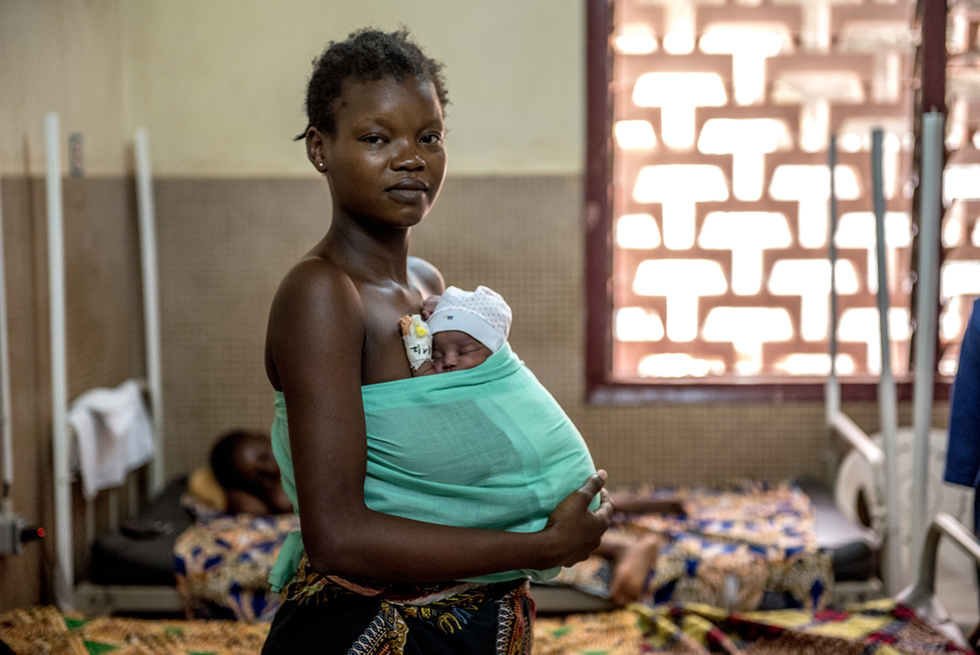
Research at a mother and child hospital in Bangladesh
What is needed to protect neonates from hypothermia in the medical practice in low-resource settings where MSF works? MSF JIU has started to address this question and to find innovative solutions by analysing the needs in the daily practice in the field.
The most important step to finding solutions is the clarification of the challenges faced by staff at the operational level. A project team from JIU travelled to Bangladesh to carry out research at MSF’s Mother and Child Hospital in Goyalmara and at a health centre in the Rohingya refugee camp. The hospital provides free-of-charge medical care for both of Rohingya refugees and local residents.
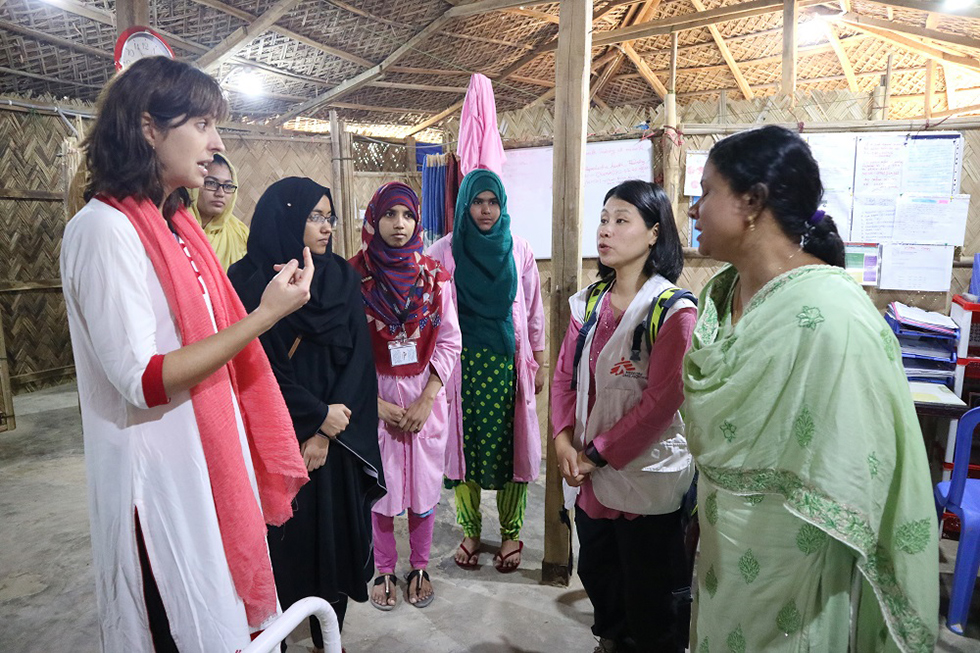
Discovering challenges through “human-centred design”
The key in this approach is the human-centred design, which puts the needs of users, instead of a product or technology, at the centre of developing solutions.
In an invention-lead product design process, the devices or systems are developed, and users are expected to adapt to these solutions. In this approach, it is easy for designers to make incorrect assumptions about what users actually need. For example, a medical device with specific power requirements, for example, may be difficult to operate in a clinic that lacks access to mains electricity. A medical device may arrive in a setting like Bangladesh with a user interface and instructions documents in a language that locals cannot understand. A medical device might include wheels intended to roll on smooth floors, which may not exist in a refugee camp hospital.
The human-centred design instead seeks for solutions starting from the user. Timothy Prestero, an expert in human-centred design supports this project. He explains, “who is involved in the challenge of neonatal hypothermia in the practice, where and how are staff working, where materials are purchased from – in human-centred design, we thoroughly researched the actions of those involved in the problem. That is why interviews on-site and the observation of actual behaviour are very important.”
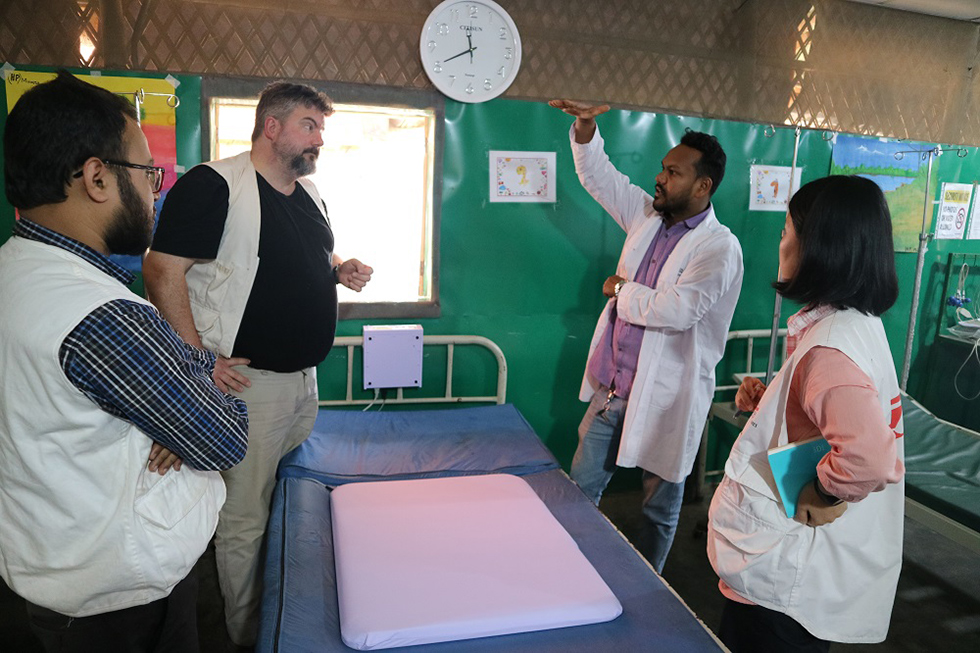
Countless interviews and hours of observing newborn treatment
During the field visit, the team interviewed more than 20 people including doctors, nurses, midwives, pharmacists, health promoters, logisticians and families with neonates, and observed their behaviour. Consolidating the testimonies and observations uncovers the challenges little by little.
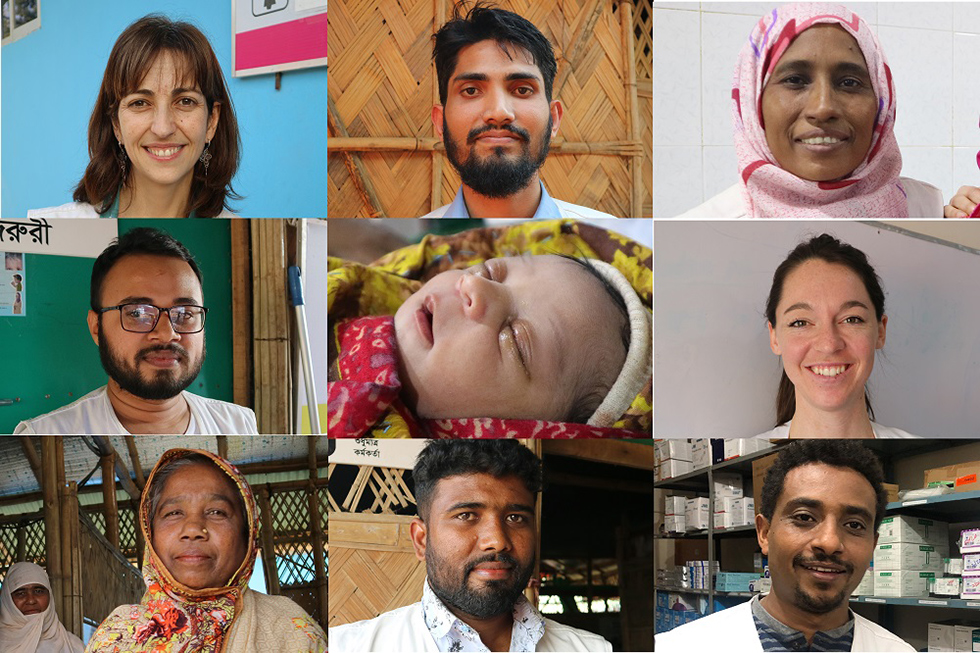
Michiko Kyokan, a nurse by profession and a designer by training, leads this project for MSF JIU. She says that the survey provided unexpected findings: “We use the human-centred design method to chronologically grasp the steps that babies go through. We gather detailed information from the moment a baby is born, over the admission to a neonatal intensive care unit (NICU) for treatment until the baby is discharged. This allows us to understand how long babies are exposed to low temperatures at what point.”
The key to finding a human-centered solution may lie in the fact that low birth weight or preterm babies are exposed to a low-temperature environment during transportation to Goyalmara hospital or inside the NICU. Just a few minutes of exposing neonates to low temperatures threatens their lives.
Endashaw M Aderie leads the medical activities at Goyalmara Mother and Child Hospital. He says, “a while back, my team received a new medical device and tried to introduce it. We followed the manual, but it didn’t work well. It is an example of introducing ‘things’ first and then ask users to adjust. Clarifying what works in the daily practice or what our problem is and then going towards solutions is quite an interesting approach.”
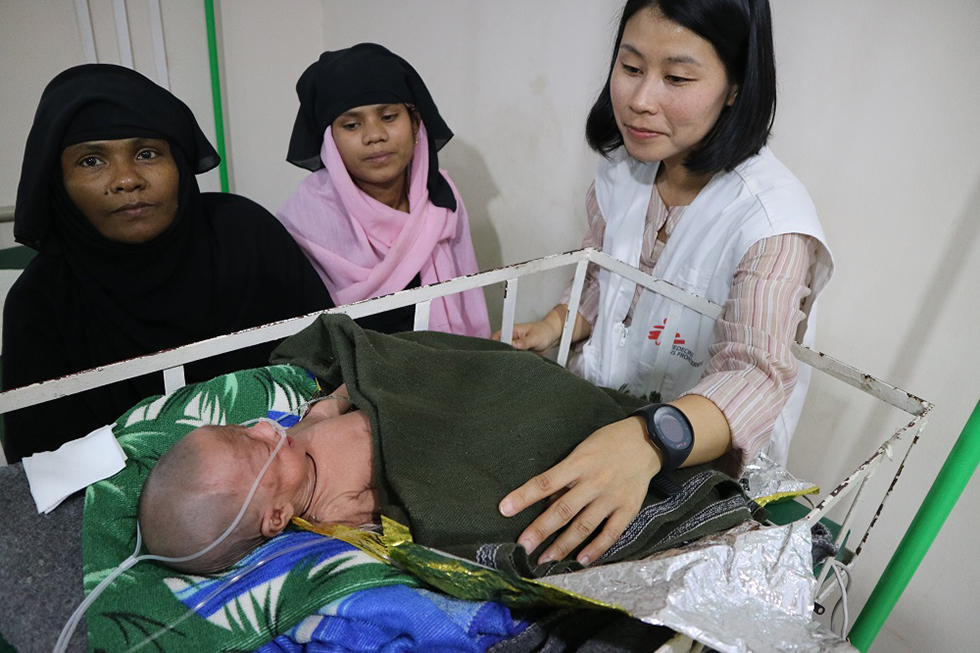
Human-centred design for large and complex organisations
MSF is an organisation involving many different staff members such as doctors, nurses, midwives, logisticians or finance administrators. That’s why human-centred design is helpful, Prestero reiterates. “Human-centred design is essential for complex organisations like MSF. Understanding the people involved at different levels and approaching the challenges from different perspectives such as medical care, procurement, maintenance, or budget management is essential to finding amazing solutions.”
Michiko Kyokan adds, “human-centred design doesn’t create products, but outcomes. This project achieves its objective not after some new equipment is developed, but once babies are protected from hypothermia.”
The Japan Innovation Unit of MSF develops new solutions – product-based or by improving methods - based on information from this research.
- *United Nations, Levels & Trends in Child Mortality Report 2019
Contact
MSF Japan Innovation Team
MSF Japan Innovation Team is providing innovative ideas of solutions to the MSF activities. If you, either as a company or as a professional, have an idea that would be beneficial to our projects as well as patients, please contact us. Your innovative proposal is always appreciated.
-
E-Mailinnovation@tokyo.msf.org
